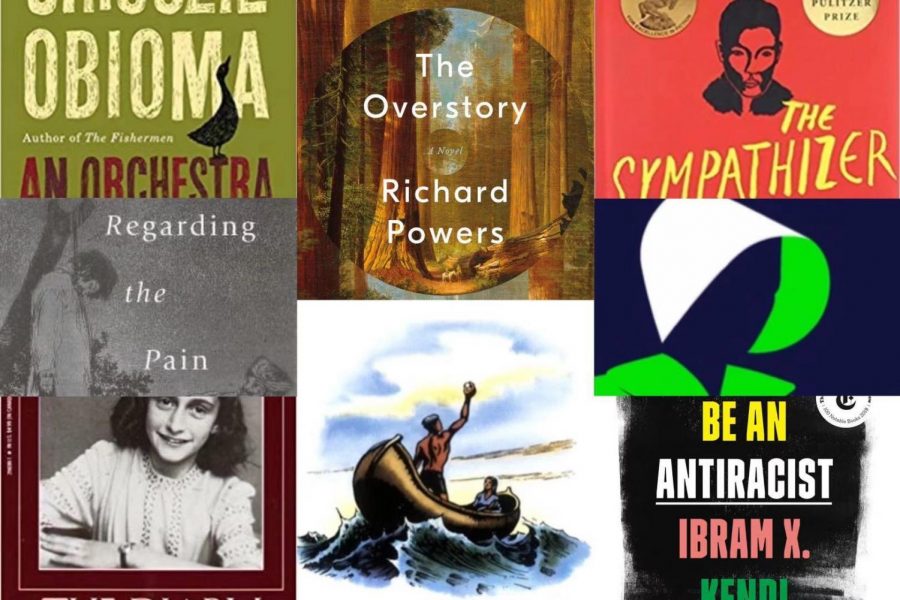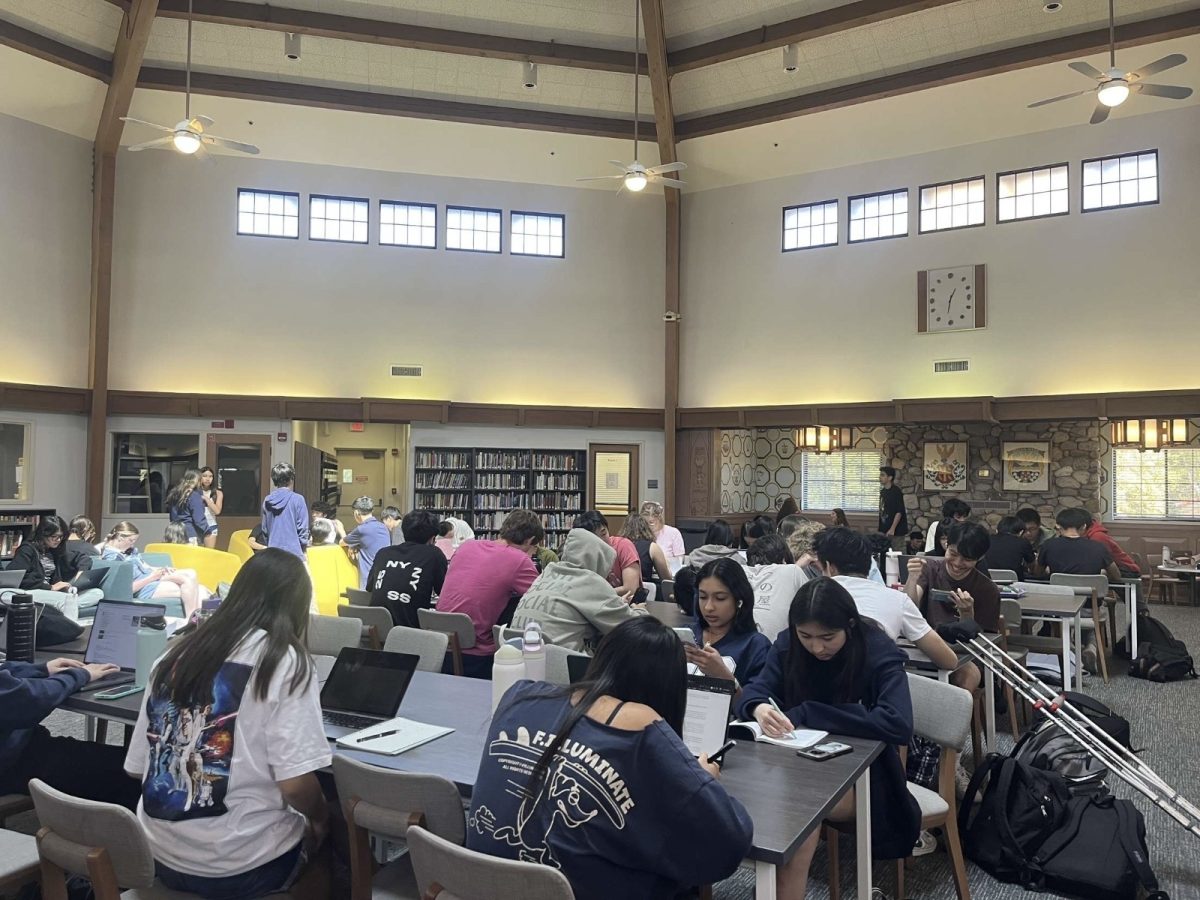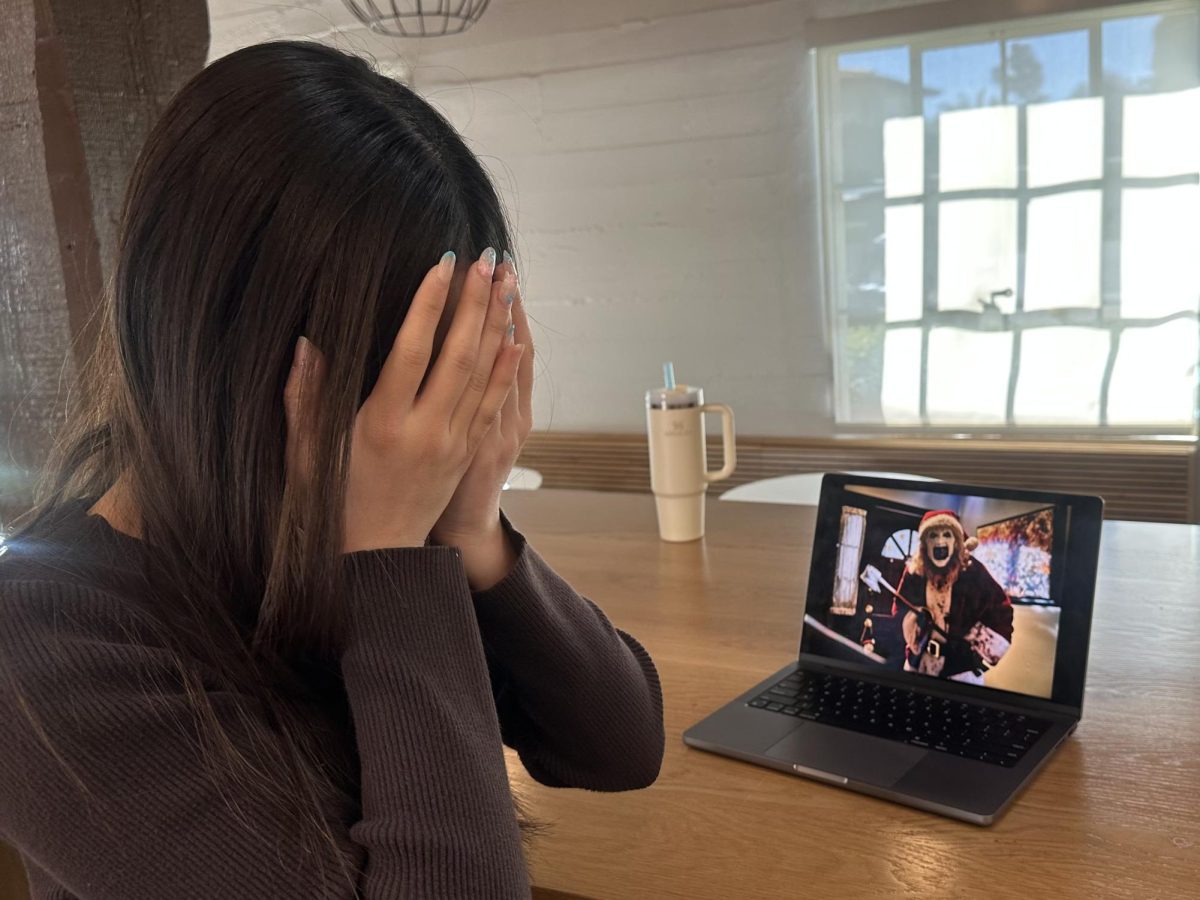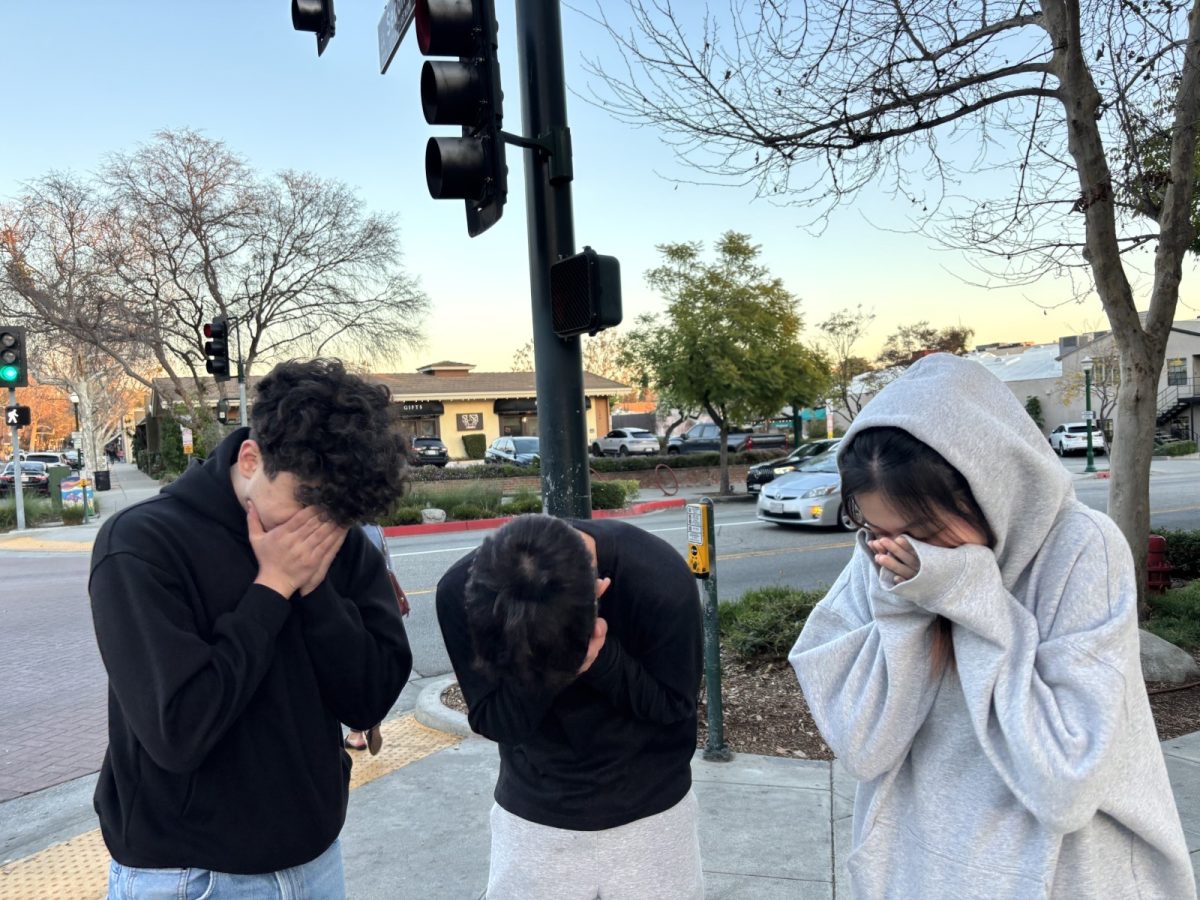When I was at Webb, I loved walking from the South Hutch dorm to Fawcett library, where I asked for book recommendations or simply roamed from shelf to shelf to check out new collections.
Whether reading An Orchestra of Minorities on a sunny Saturday afternoon on South Hutch patio or turning the pages of The Overstory under quarantine, the books that I enjoyed reading this year have made my year truly special.
Time stops and the surroundings silence themselves, with only one voice shining through: the voice from the book that allures the readers into a unique and immersive journey of reading, dreaming, understanding, knowing, and learning. The following is a list of books that I enjoyed the most in 2020, with many of them borrowed from the Fawcett Library. If the books sound interesting to you, feel free to grab a copy from the library when we return to campus!
One of the first books that I read this year, An Orchestra in Minorities brought me a unique narrative and fresh reading experience. Chi—the guardian spirit of the Igbo culture—takes over as the narrator, which creatively presents an omniscient perspective under a powerful, mythic style. Even though the narrator spoils the story for the audience from time to time, the voice undoubtedly preserves the essence of a precious culture and restores humor and ease in a romance story that is doomed to fall apart. Having read the book early in the year, I was constantly reminded of the power of a strong narrative, even in a heartbreaking story.
The book offers an emotional reading experience and touches on important ideas like self-determination and seeking cultural identities in the telling of an unconventional love story.
“The tragic elements of this novel were very compelling,” said Dr. Hubbard, library assistant. “I can’t say I liked the more depressing events of the story, but they pulled at my heartstrings and made me want to read more. The Chi narrator took this great story to another level of complexity. I was able to watch these heartbreaking events and decisions through the eyes of a spirit that wanted me to have compassion for the main character. This is how I try to live my personal life–I love listening to another person’s story, and the more I know the context of their decisions, the more I can have compassion. From page one to the end of this story, the Chi pleaded with me to understand Chinonso so that when I saw him at his worst, I could still give him grace.”
The sequel to Margaret Atwood’s classic speculative fiction The Handmaid’s Tale, The Testaments takes the story to a breathtaking finish with its intersecting storylines between now three female protagonists who live on the edge of the fall of Gilead. I loved that Atwood added three more distinct and important voices into the story, as the diversity in those female experiences alone tells a story of the outcomes of an absurd and oppressive regime. As Margaret Atwood reveals Baby Nicole to the audience, the worlds of the three seemingly disconnected narratives collide into one and bring the book to its climax, where the audiences learn about the same story from three unique voices and characters, each saying something about human resistance and human nature. Reading the book in February was an exciting and calming experience, as the book protected me from a world with emerging chaos and fear of what seemed like a new epidemic. If you enjoy speculative fiction, please do not hesitate to check this book out as well.
As a huge fan of realist literature and historical fiction, I have to say that The Sympathizer has become one of my favorite books of all time. This complex story encompasses diversity in every angle, never descending into a single story that favors one side of the war. In fact, Nguyen challenged stereotypes in the book and deconstructs the common and general narrative of the Vietnam War into a blistering exploration of identities, love, friendship, and hope. While importantly historical, the book also incorporates many interesting themes into one story, including the journey of forced migration, stories behind espionage, and even cultural and ideological domination through popular film productions (which is one of my favorite parts of the book). I read the book when I was in 14-day hotel quarantine, and the book captivated me so much that it successfully distracted me from my larger surrounding, making my quarantine experience memorable and pleasant.
I would recommend the book to anyone who enjoys reading high-paced thrillers, espionage novels, or anyone who do not mind some dark humor.
Another book with multiple narrative lines, The Overstory intelligently uses different parts of a tree as beautiful metaphors for activism that seek to preserve the forest in the fight against climate change. The common love for trees connects six individuals across the world, and the six stories eventually merge into one, forming a complex tale of resistance that introduces the audiences to various ways to resist and change. Some parts of the book are very difficult to read and challenge the audiences to rethink what matters to humans—whether they are the rules, the laws, money, or the physical world around us. The book also reveals some very realistic dilemmas and contradictions, like when saving the planet can be labelled as “domestic terrorism.” It was very interesting to read the book on the last day of quarantine, as it reminded me of the beauty of the outside world and the urgency to help safeguard the trees and forests for our next generations. This book is also a perfect one to read in the spring, as it is a story “from the root to the crown” that celebrates liveliness and hopefulness.
I would recommend this book to anyone who enjoys a good story and wants to learn more about the threats that the gorgeous world faces.
After reading John Steinbeck’s The Grapes of Wrath in American Idea, I did not hesitate to pick up another one of his pieces—The Pearl. As a very short novel, the book brings the audiences into a bitter world of inequality, greed, and sadness. It is a very tragic story that explores the dark sides of human nature, delving very deep into the human psyche of someone who suffers from poverty and unfulfilled dreams and expectations. The book gave me a transient break from online learning and reminded me of my own privilege for being able to live comfortably under the pandemic. I enjoyed the book because of its typical Steinbeck language—straightforward, earnest, colloquial, and unpretentious—which perfectly tells a tragic story without much ornamentation.
Out of all the books that I have read this year, The Diary of a Young Girl touched me the most. Unlike the average coming-of-age narratives, Anne Frank’s diary takes the world back to a daunting time in human history, introducing the readers to her resilience and brightness under the dark historical era of the Holocaust. Living in the age of the pandemic as a teenage girl, I resonated with many aspects of the book, including being under quarantine in a confined environment for weeks. However, what I experienced was not nearly comparable to hiding in Netherlands as a Jew during WWII, as people like Anne Frank suffered from not only confinement but also injustice. The young girl expressed her longing for the outside world, freedom, and equality in desperate lines, which moved me in a very personal way. The book, an authentic and touching account of the past, recorded historical horrors in a very powerful manner and is truly a healing human story. It is not only a must-read in unusual years like 2020, but also an all-time classic.
Regarding the Pain of Others
An essay-styled book, Regarding the Pain of Others seeks to answer one of Virginia Woolf’s questions in Three Guineas, “How in your opinion are we to prevent war?” Susan Sontag examines human morals and ethics in–depth in the book, as she writes about the roles of war photography in swaying human psyches and appealing to human sympathy. From the effects of images of the American Civil War to more recent events like wars in Bosnia, Sierra Leone, and Rwanda, Susan explores the capability of human sympathy and empathy to “regard the pain of others” and prevent wars from destroying humanity. Even though we live in a time of relative peace, it is still very important to read war literature and to investigate the boundaries to human conscience. As we witness continued evidence of institutional racism this year, the book is a good reminder for us to not only regard the pain of ourselves, but also address problems that affect others in the world.
Finally, the last book that I recommend is our community read—Ibram X Kendi’s How to Be an Antiracist. As an antiracist handbook, the book offers immense insights into the roots to inequality and racism; Webb students also participated in all-school discussions about the book for multiple times. The book aligns closely with Webb’s advocacy and celebration of diversity, and it educated members of the community on issues that pertain closely to their identities. In a year with much chaos, I would say that the book is very relevant and deserves rereading to grasp its essence. Besides the community read, I also encourage all of us to find other antiracist literature outside of our humanities courses. For example, Ta-Nehisi Coates’s Between the World and Me is another classic nonfiction antiracist read.
Even though the pandemic has changed many things in 2020, the shared love for good books brought together community members to immerse ourselves in the world of good books. Besides the books that members of the Book Worm Club recommended, you can also add these eight books to your list, in case you are looking for good books but do not know where to start!









